Large religious painting on oak panel
"THE PRESENTATION OF CHRIST TO THE CROWD BY PONTIUS PILATE"
Origin :
Netherlands or Spanish School.
The Habsburg Empire ruled at this time over a large part of Europe, especially the Iberian Peninsula. Stylistically, the face of Christ in pain leans more towards Spanish School painting, while my restorer believes that the very specific technique of extremely thin paint layers is undoubtedly of Dutch origin.
Her we must to cite as a reference the famous Flemish painter Michael COXIE (Malines, 1499 - Malines, 1592), who brilliantly tackled this classic of religious painting on several occasions (please check last photos)
This type of depiction of Christ would be very widespread in the 16th century, giving rise to particularly intense creations, especially in the Flemish area.
Late 16th century.
The artist succeeded in conveying with extreme power the pain and resignation of Christ (low shoulders, head bowed, gaze downward, contrasting with the face of Pons Pilate.
Condition :
The painting has been fully cleaned and restored by a professional workshop (returned to its original composition* and repainted on some worn areas, and around the two vertical cracks in the panel).
*What a shared surprise it was for both of us upon discovering a mysterious right hand around Christ's shoulder, holding his red drapery, and then, at a later stage, the bust and face of Pontius Pilate on the other side of Christ.
These elements had been completely hidden during a previous restoration (in the 19th century) by a black background, which had flaked off slightly but in no way hinted at such a discovery —please last photo. For the sake of convenience and against all ethics, the theme of the painting had been curiously and surprisingly manipulated and altered, likely for convenience or simple misguided ease, with “Christ in Chains” or “Christ with the Reed” becoming “Christ Presented to the Crowd by Pontius Pilate”!!!
I must admit that this is the first time in my career that I have come across such a discovery and such a surprise, even though I am not at all specialized in the field of Painting. My restorer, however at late of his career, had never experienced anything like this himself !
Dimensions :
74cm height * 59cm width
Condition:
The thin original panel (0,8mm) in oak has been reinforced with a white wooden frame (chestnut?) to prevent warping and secure the vertical cracks in the panel. My restorer and I decided to lessen these defects without going too far in the restoration, solely with the aim of minimizing overpainting as much as possible. This compromise seems honest to me and a middle ground for the proper preservation of the work and its readability as close as possible to its original state.
(I would like to thank my restorer, by the way, for his fine and appropriate work !)
"Ecce Homo is the Gospel episode during which Jesus, awaiting his condemnation and after his scourging, is presented to the people by Pilate, then the Roman governor of Judea, whom we see portrayed here at his side.
The canvas immortalises the moment when the Saviour accepts his final fate: in his face, not only humiliation but a moment of deep introspection and emotion. He is portrayed with a crown of thorns placed over his long hair and stripped of his clothes, his hands tied and crossed, alluding to his immediate crucifixion on Golgotha.
'Ecce homo', literally meaning Here is the Man, was the phrase uttered by Pilate himself to designate the scourged Jesus and to ingratiate himself with the crowd, aware that he had condemned an innocent man."





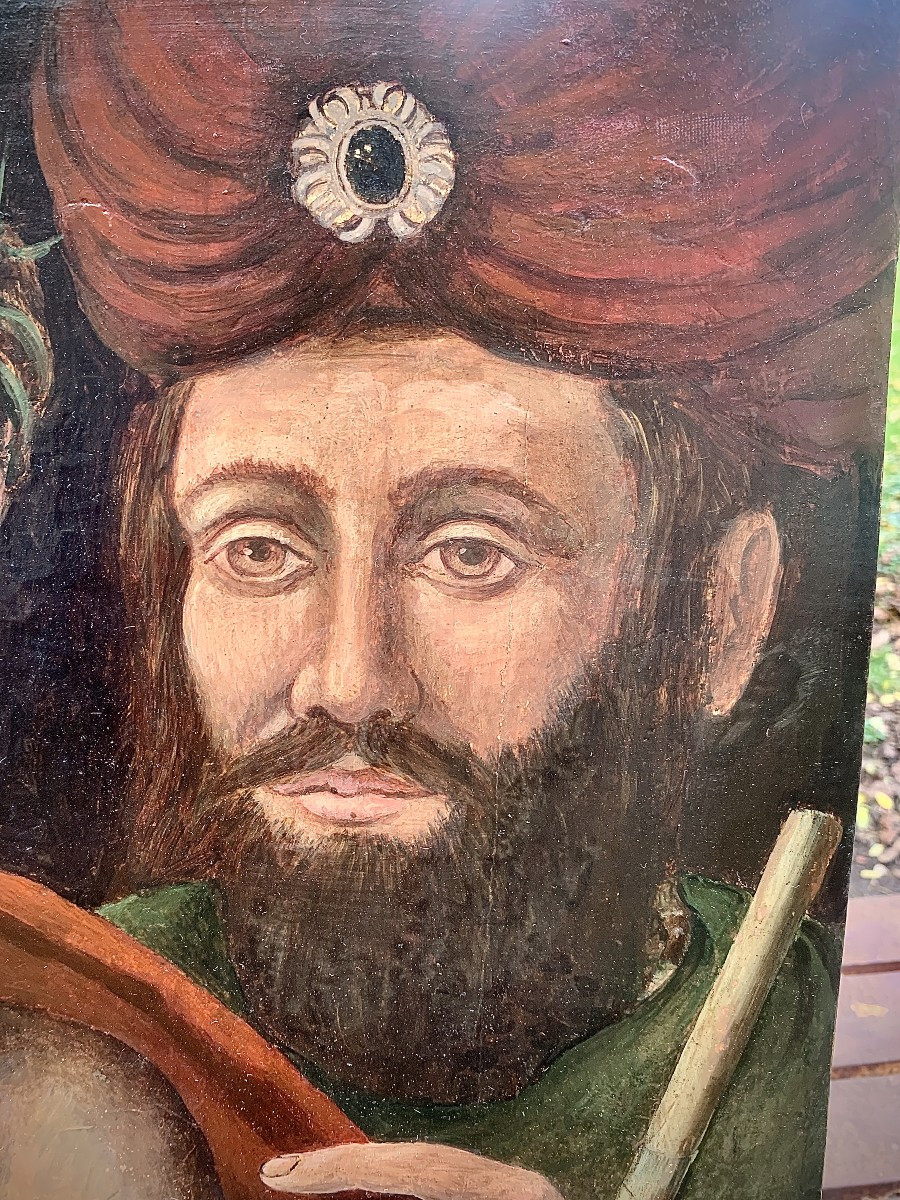
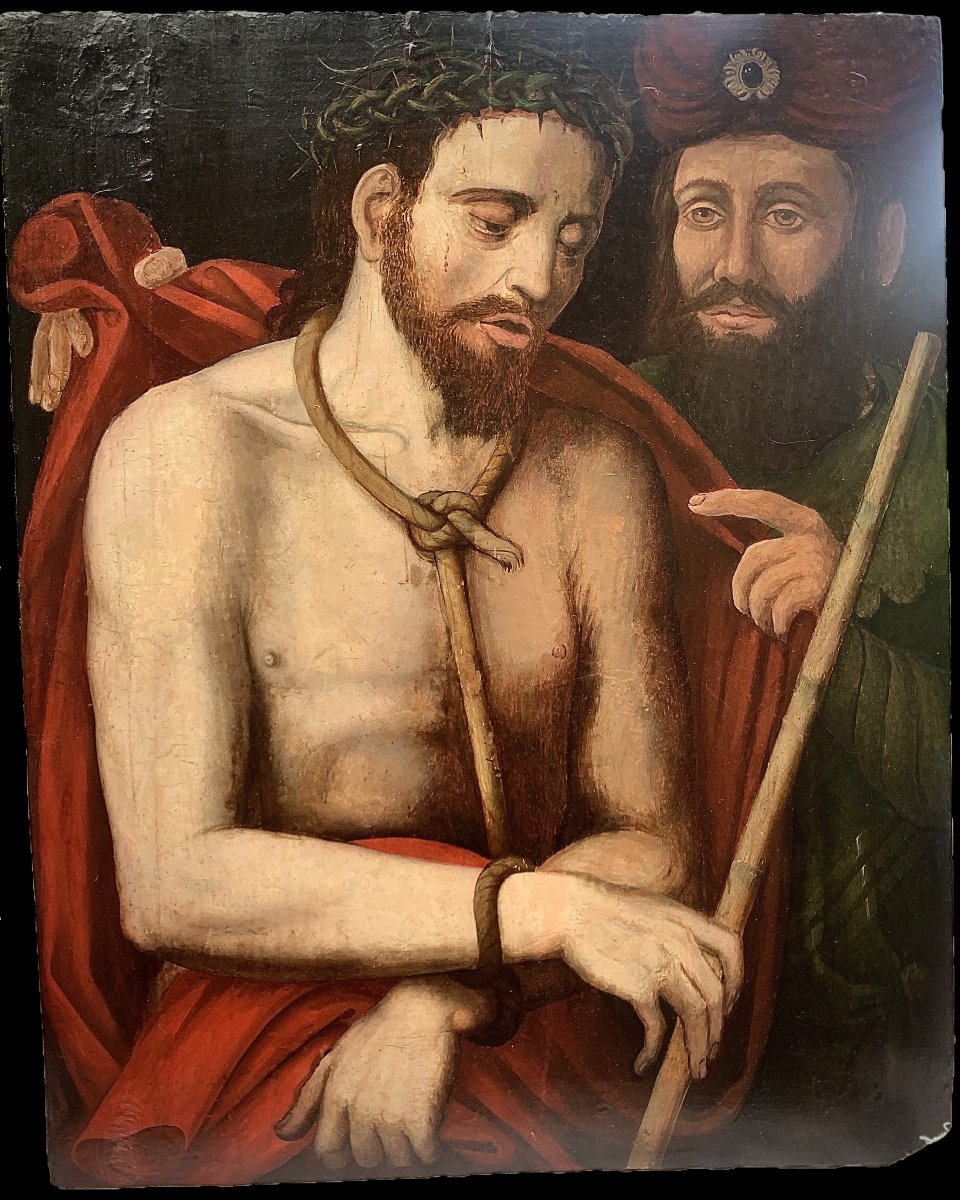
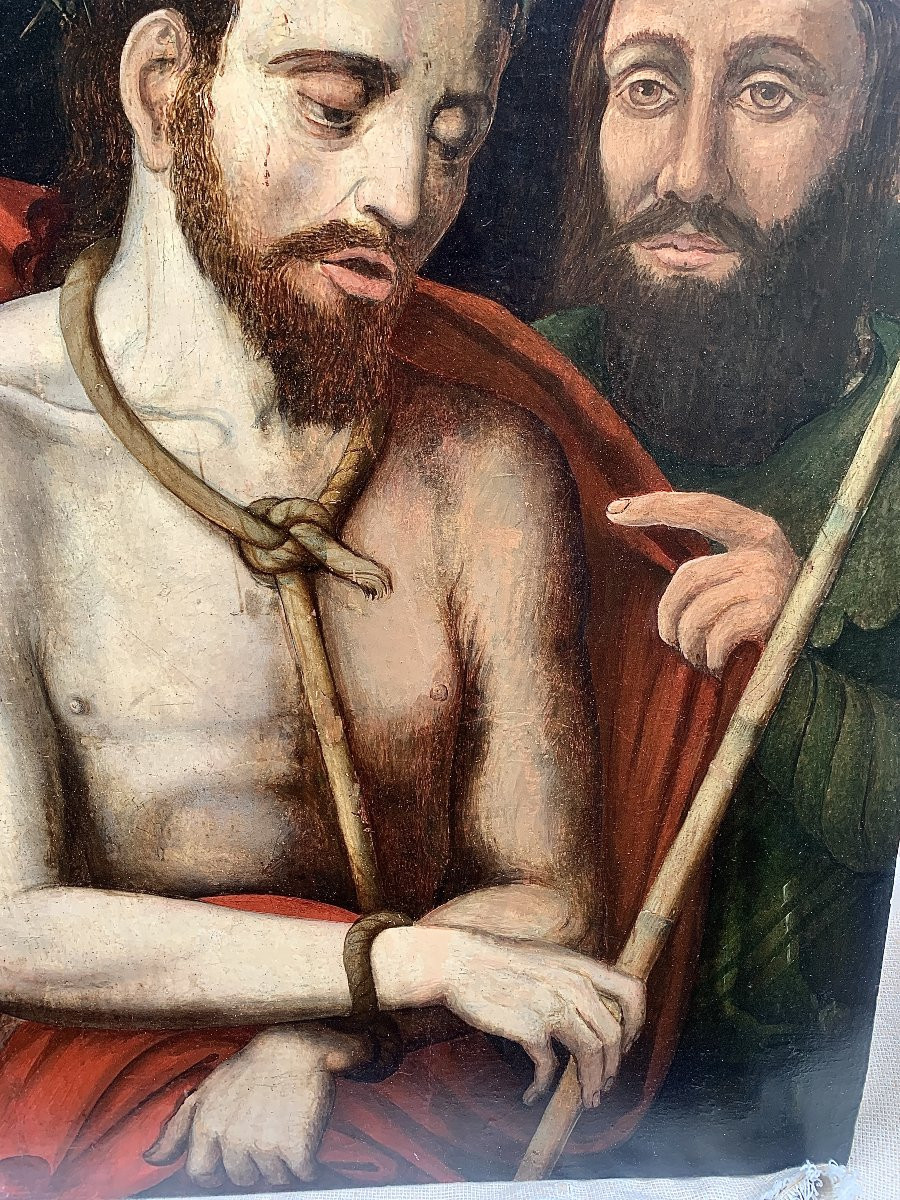
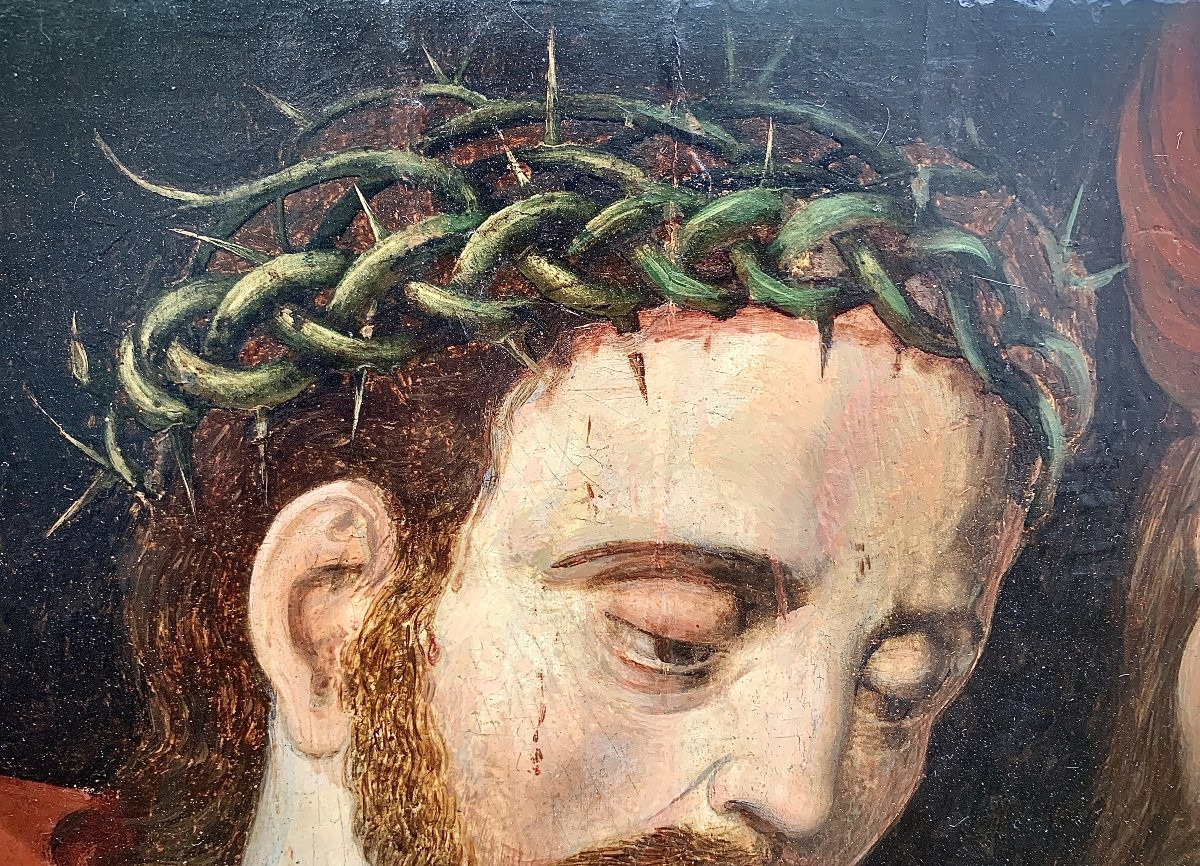
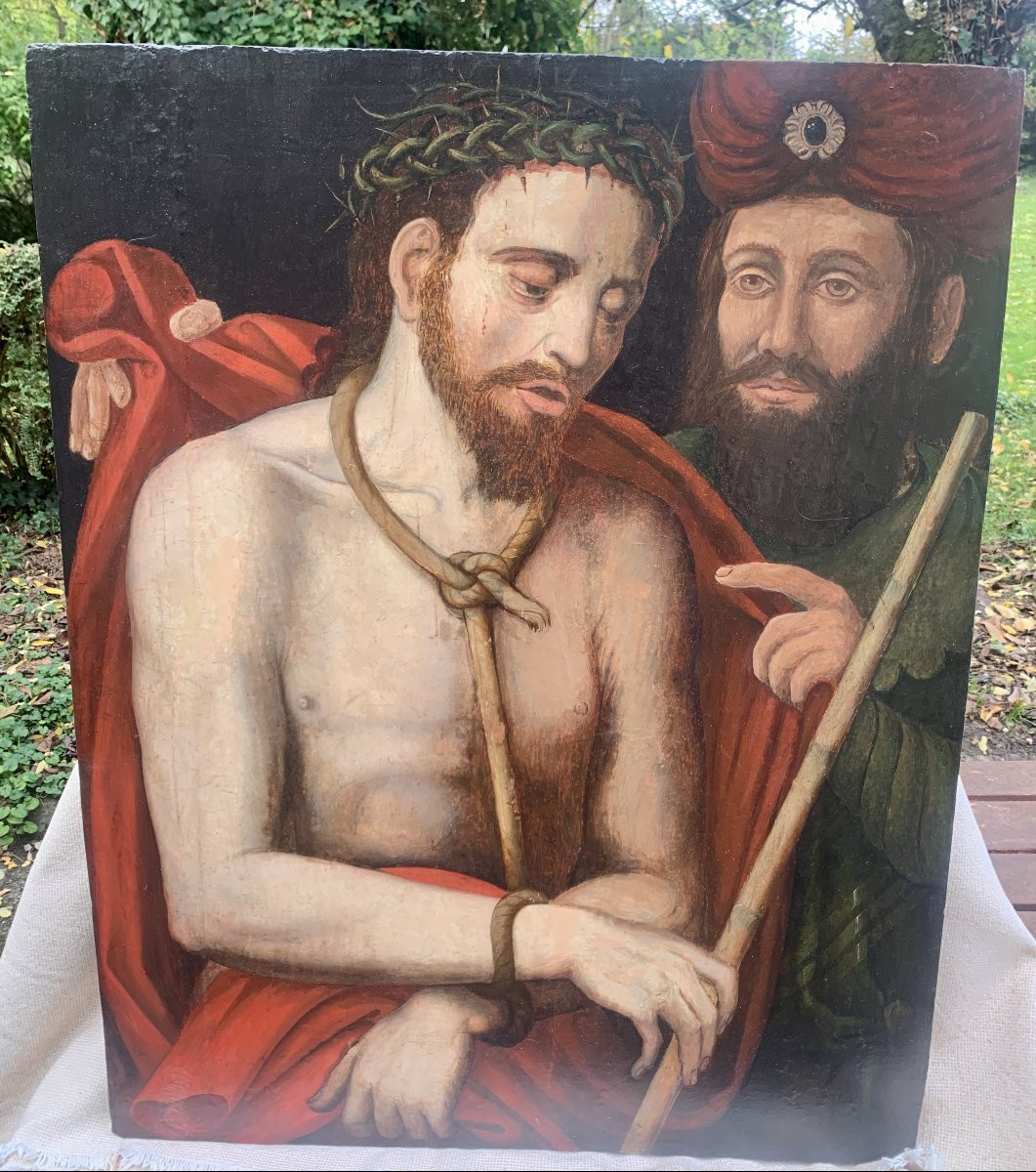


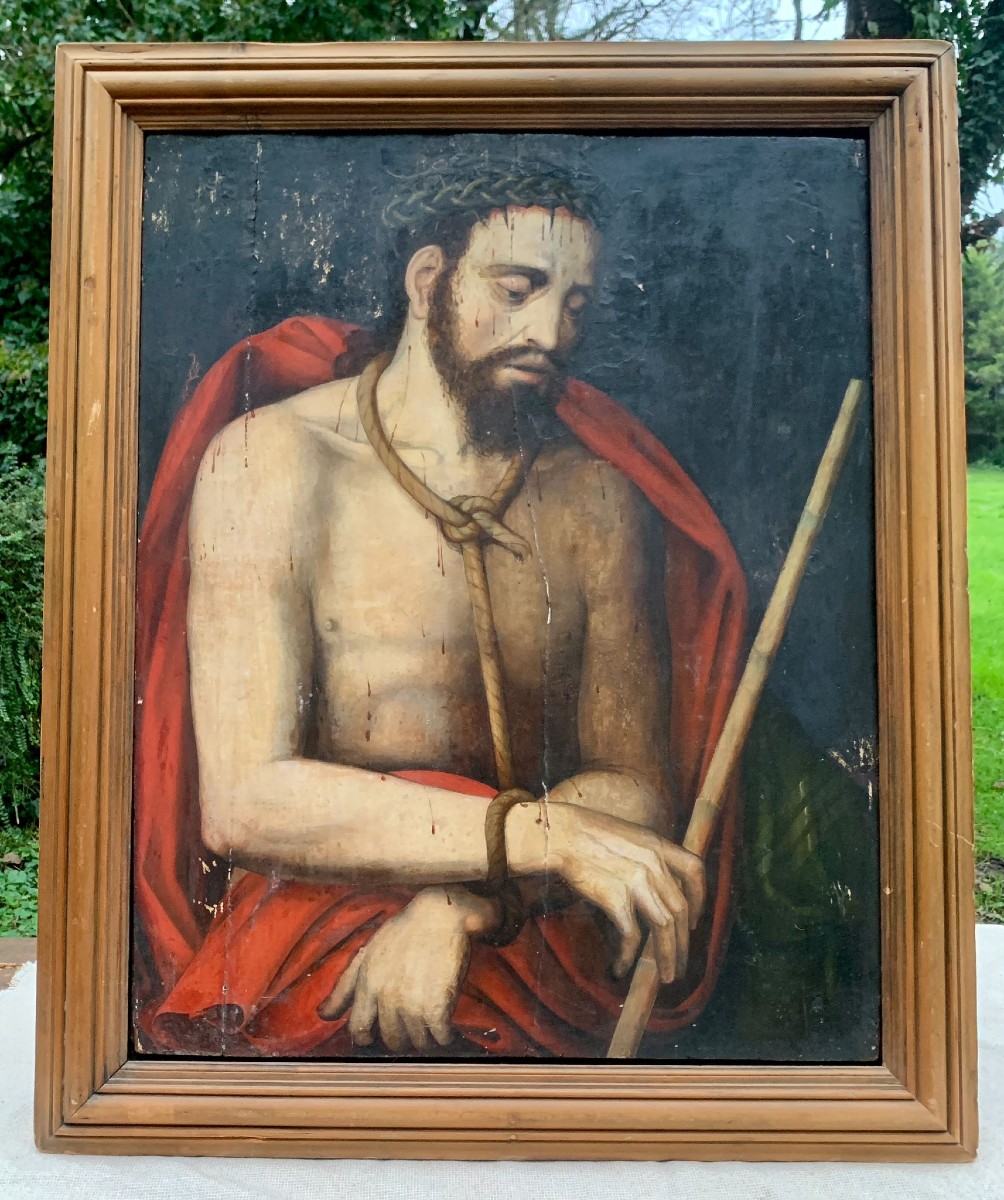
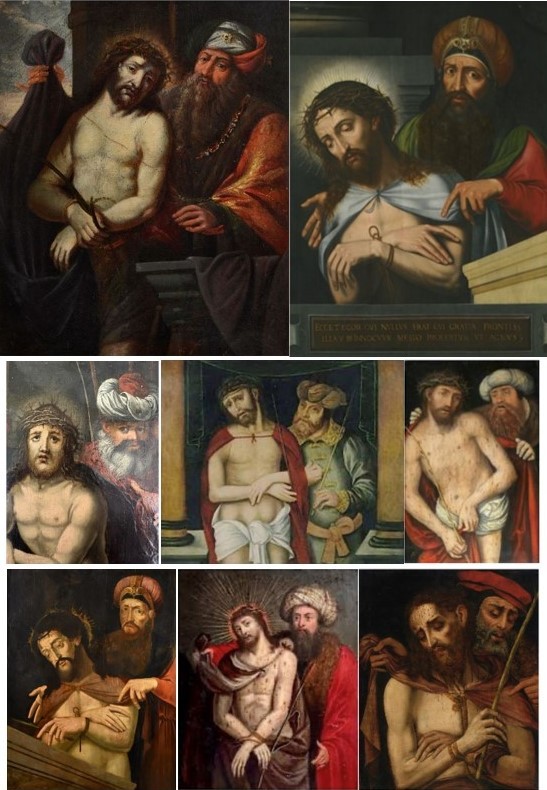
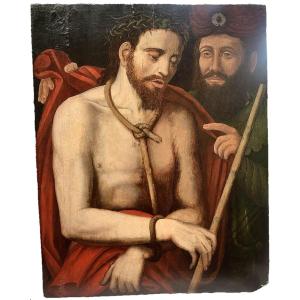













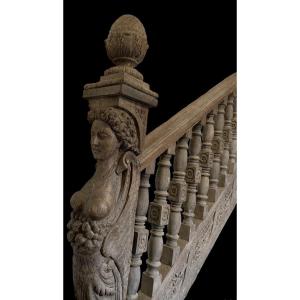


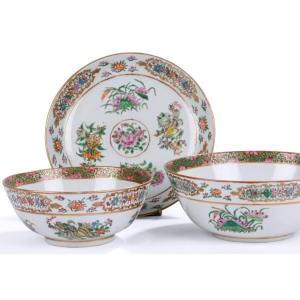
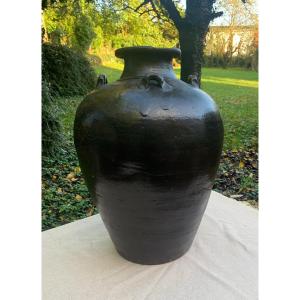


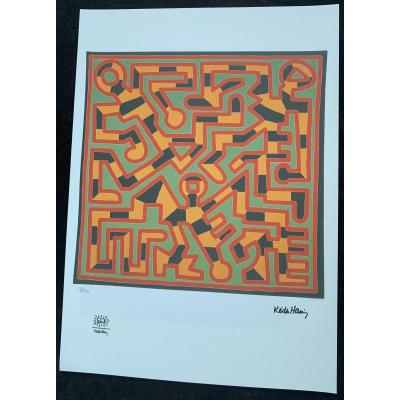





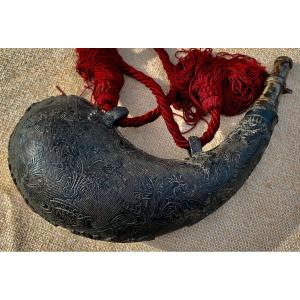
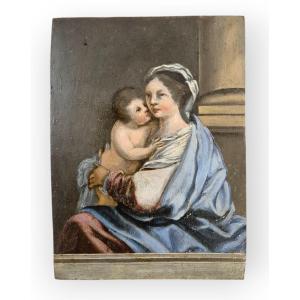
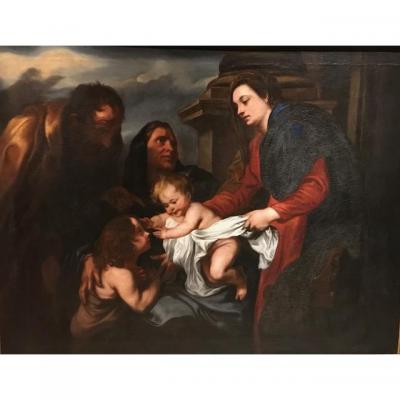

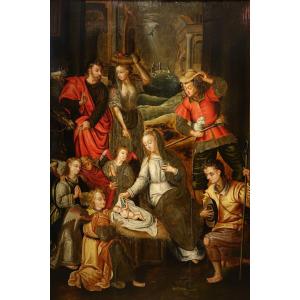
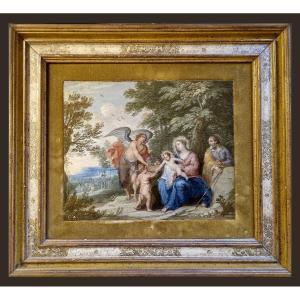



 Le Magazine de PROANTIC
Le Magazine de PROANTIC TRÉSORS Magazine
TRÉSORS Magazine Rivista Artiquariato
Rivista Artiquariato